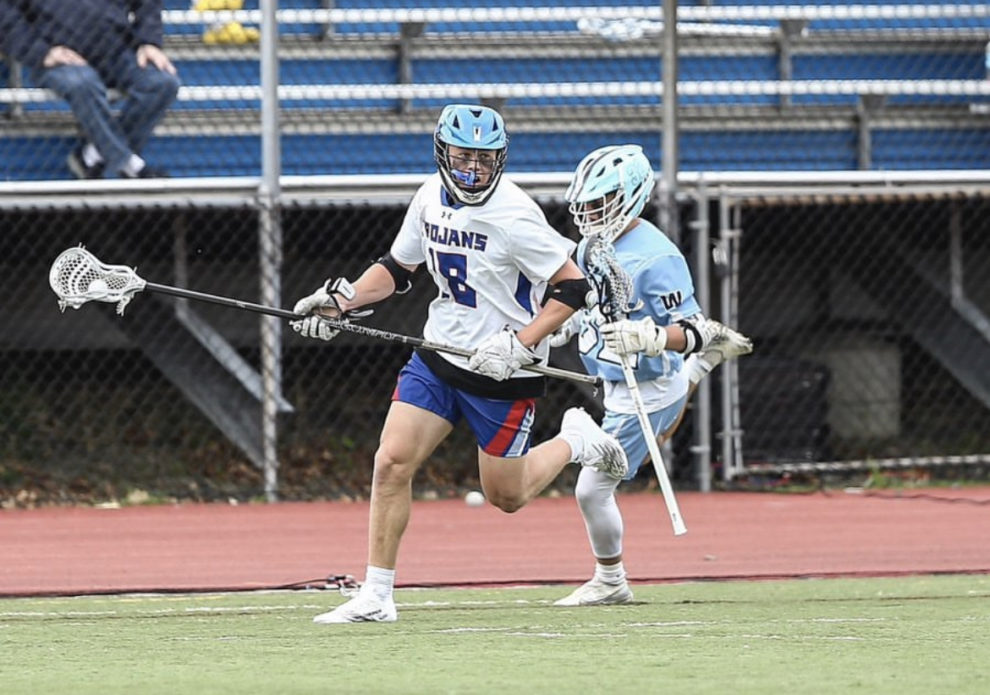When it comes to choosing between a large and small college for sports, there are several factors to consider. At a large college, one may experience a more intense and competitive athletic environment. The facilities are often state-of-the-art, and there’s a greater emphasis on performance. However, the competition for a spot on the team can be fierce, and one might find oneself surrounded by a larger pool of highly skilled athletes.
On the other hand, small colleges offer a more intimate setting. One may have closer relationships with coaches and teammates, and there could be more flexibility in balancing academics and athletics. Facilities may not be as grandiose, but the sense of community can be stronger. The decision between a large and small college often depends on personal preferences, career goals, and the desired level of competition.
Moving on to the distinctions between NCAA Division I and Division III programs, Division I schools are known for their high level of athletic competition. These programs often offer scholarships and have extensive budgets for recruiting, training, and facilities. The commitment required is significant, and student-athletes often face demanding schedules, balancing rigorous training with academic responsibilities.
In contrast, Division III schools emphasize a more balanced approach to student-athlete life. There are no athletic scholarships, placing the focus on the overall college experience. Student-athletes at Division III institutions participate for the love of the game, and the commitment is generally less intense than Division I. The emphasis on academics is paramount, and student-athletes have the opportunity to explore interests beyond their sport.
When asking Muhlenberg College (Division III) Lacrosse commit and senior at Blind Brook, Seth Low, about where his passion for this life-altering decision to play a sport in college stems from, he responded with: “I discovered my passion for the sport I’ve committed to in college (lacrosse at Muhlenberg) after watching all my friends play at a lacrosse game in 9th grade. They played all throughout middle school, and I never got into it, but after watching my first lacrosse game, seeing the energy the team gave off, and seeing how fun the sport looked, I knew I needed to give it a try.” A college recruit got his motivation from watching his friends play in their early high school years, with him watching from the side and juggling his lack of knowledge of the sport. Now, as he moves into the spotlight, he is determined to achieve numerous goals during his college career. “For my college athletic career, one main goal of mine is to eventually be a starter on the team and make an everlasting impact on Muhlenberg Lacrosse. I am most looking forward to participating, strengthening, and building a new community in the Muhlenberg Lacrosse program. I am looking forward to bonding, spending time with, and becoming family with the students and teammates I will spend the next four years at college with,” Low enthusiastically shares.
When reflecting back on his high school years heading into his final spring season of Blind Brook High School lacrosse, Low shares one of his favorite memories about the family-like bond he has created through lacrosse: “One of the most memorable moments from my HS athletic career was when we won our League title. This is the first time in Blind Brook history this has happened, and it happened during my second-ever lacrosse season. This banner will be in the Blind Brook gym forever and shows that our team made BBHS Men’s lacrosse history. Another memorable moment in my high school athletic career was scoring my first goal. As a defender, the chance to shoot the ball comes rarely. When it does, you need to take advantage of it.”
Furthermore, both Division I and Division III programs come with their own set of advantages and drawbacks. Division I offers the thrill of high-stakes competition and largely televised exposure, while Division III provides a more well-rounded college experience with less pressure on athletic performance. The right choice depends on individual preferences, career aspirations, and the importance placed on the role of sports in college life.
In conclusion, choosing between a large and small college for sports involvement involves considering factors such as the level of competition, facilities, and the overall atmosphere. Similarly, the decision between NCAA Division I and Division III programs hinges on the desired balance between academics and athletics and the intensity of the sports experience. Ultimately, the best fit varies for each student-athlete based on their personal goals and values.







